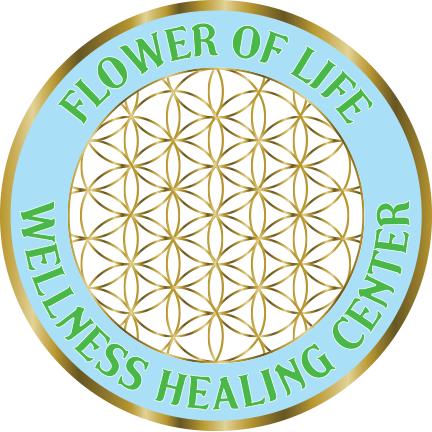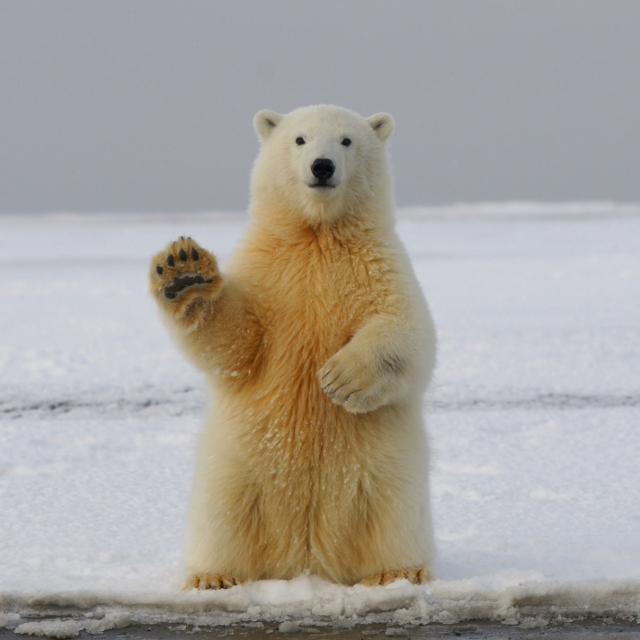1.Effect your body mind and spirit.
2.It freeze your brain.
3.Forcing you to eat hot spicy food.
4. ………………………………………………………………………
During winter season nature takes a whole different tapestry, animals slow down and us, humans, also seeking to hibernate like bears doing. Winter affect our body, mind and spirit, placing some emotional heaviness which observed as “winter Blues”. Winter blues, often referred to as Seasonal Affective Disorder (SAD), is a melancholic state that creeps into the soul during the coldest months, much like the frost that silences the once vibrant fields. It’s a mood that mirrors the barren landscapes and shortened days, leaving one feeling cloaked in a veil of sluggishness and despair. Just as the sun struggles to penetrate the dense winter clouds, the mind may wrestle to summon joy and motivation. But where shadows dwell, there is the promise of light, and so, too, can the winter blues be shaken off with deliberate effort. The winter blues are a mosaic of emotions, and among their shades, grief, depression, and laziness form the most prominent strokes. Each of these emotions intertwines with the theme of winter blues, yet each carries within it the seed of transformation, waiting to be nurtured.
The reduced exposure to natural light leads to a decrease in serotonin levels, the brain’s messenger of happiness, much like a river dwindling when its source dries up. Additionally, shorter days and longer nights may disrupt circadian rhythms, throwing the body’s natural clock into disarray. Social isolation, compounded by the tendency to retreat indoors during cold months, can deepen the loneliness, echoing the stillness of a snow-covered landscape. This emotional frostbite is more than a seasonal chill; it’s a reflection of the human need for warmth—both physical and emotional. Just as plants wither without sunlight, so does the spirit languish without connection and purpose. Recognizing these causes is the first step toward thawing the icy grip of winter blues.
To overcome these personal winters, one must first acknowledge them, naming the storm to begin navigating through it. Journaling can serve as a map, helping chart the thoughts and emotions swirling within. Seeking therapy or counseling is akin to enlisting a guide, someone who offers perspective and tools to traverse the icy terrain. Practicing mindfulness can anchor one to the present moment, a solid footing amidst the uncertainty of the storm. Engage in activities that spark joy, much like kindling ignites a fire in a cold hearth. Light therapy, for instance, can mimic the sun’s radiance, awakening the spirit much as dawn awakens the earth. Exercise, too, is a powerful antidote; movement generates warmth and vitality, transforming inertia into energy, much like a stream breaking free from frozen banks
The winter blues, whether seasonal or personal, call for intentional action, much like planting seeds even when the ground seems inhospitable. Setting small, achievable goals creates momentum, like a thawing stream that gathers strength as it flows. Cultivating hobbies or creative pursuits rekindles passion, much as the first buds of spring defy the lingering cold. Surrounding oneself with uplifting environments—whether through music, books, or nature—nurtures the spirit, as a greenhouse shelters tender shoots. And above all, fostering self-compassion is essential; just as the earth rests in winter to prepare for spring, so, too, must one allow time for healing and growth. Social connections are the bridge over the wintry abyss—reach out to loved ones, share laughter, and create memories that melt the frost of isolation. Acts of kindness, both given and received, can be like cups of warm tea, soothing and revitalizing. By actively seeking moments of gratitude, one can shift the focus from what is absent to what remains.
Holistic energy work, such as Reiki, CranioSacral Therapy, and sound therapy, offers a gentle yet profound way to address the winter blues. These modalities aim to balance the body’s energy, release emotional blockages, and restore harmony, much like clearing debris from a frozen stream to allow water to flow freely. In the stillness of winter, when emotions can stagnate and vitality decrease, these practices provide an opportunity to reconnect with the inner self and reignite the spark of well-being.
Reiki, through its gentle touch or hands-off approach, channels universal energy to dissolve tension and promote relaxation. It helps to calm the mind, soothe the soul, and infuse the body with warmth, akin to sunlight breaking through a cloudy sky. CranioSacral Therapy works with the rhythms of the body, releasing restrictions in the central nervous system and fostering a sense of lightness and clarity, as if unburdening the snow-laden branches of a tree. Sound therapy uses vibrations from instruments like singing bowls or tuning forks to restore balance and harmony, much like a melody lifting the spirit in a silent winter landscape. Incorporating these practices can help individuals process emotions, reduce stress, and find inner stillness during the challenging winter months. They encourage mindfulness and self-awareness, allowing for deeper connection and emotional healing. Holistic energy work reminds us that, even in the coldest winters, the warmth of the universe flows within us, waiting to be tapped into and embraced.
The winter blues, like all seasons, are a part of life’s natural rhythm—a reminder that even in darkness, there is potential for light. Just as winter yields to spring, so can the soul emerge from its frosty cocoon, renewed and resilient. To shake off the winter blues is to embrace the cyclical nature of existence, understanding that every shadow exists because of the light that will surely follow. In tending to the fires within, we find warmth and purpose, even amidst the coldest days.
.

